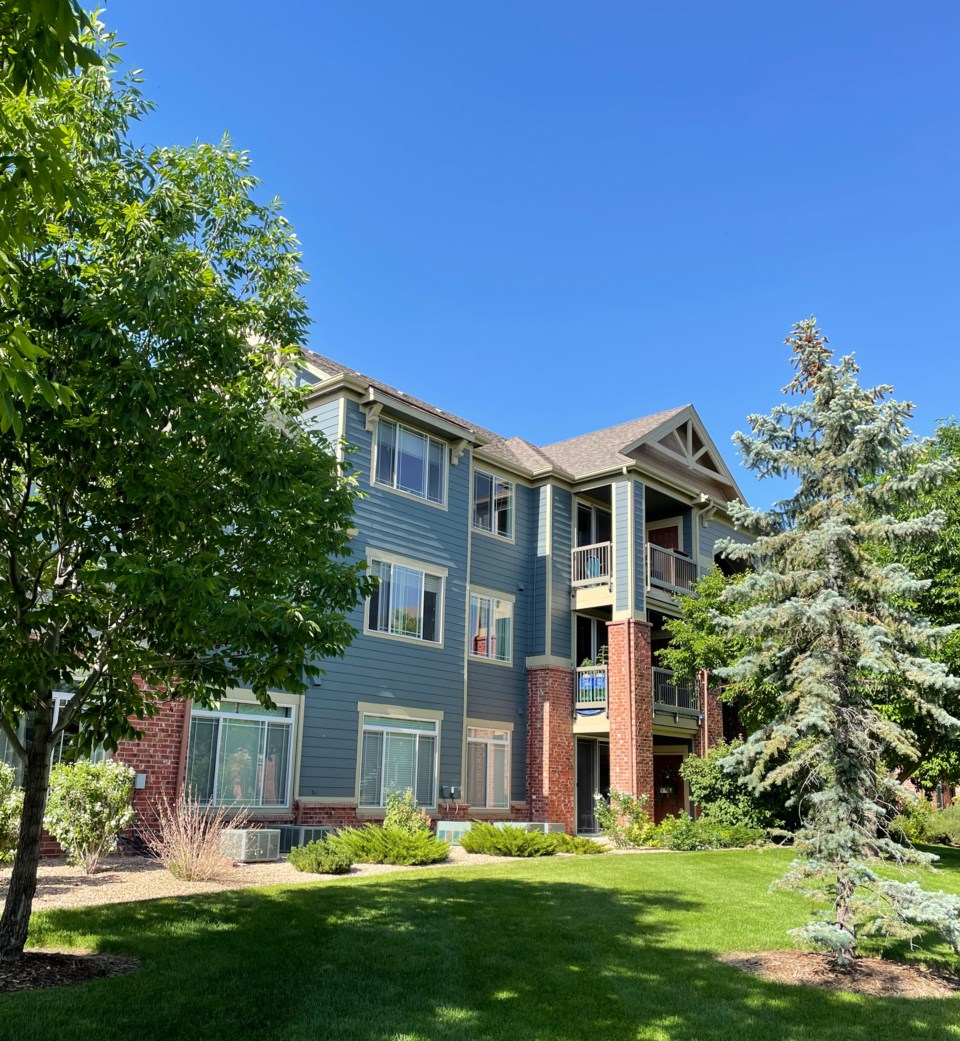The Longmont Leader accepts contributions, photos, and op-eds for publication from community members, business leaders and public officials on local topics. Publication will be at the discretion of the editor and published opinions do not represent the views of The Longmont Leader or its staff. To submit a contribution, email [email protected].
If you were to inspect the Longmont stats every month this year, you will find each month is very similar in their characteristics, and possibly their percent changes. Mainly, low inventory, rising prices and relentless demand are making up all the real estate headlines these days. This won’t change anytime soon. Personally, after 6 months of this repetition, I’m looking for another angle… something new, or different to report. So here is my best effort.
It’s the small things, right. They make the difference. They catch your eye. This month I saw the stupid-high, 41.4% price increase in attached homes. There had to be something there. My guess was that there were a bunch of new townhomes sold in SW Longmont and a couple expensive, new duplexes sold in Prospect. I went to investigate and found that nothing could be further from the truth. There wasn’t a single new townhome, condo or duplex sold in Longmont last month. Every sale was a resale. Not one new attached home. The two newest were built in 2018.
The two resales of expensive duplexes in Prospect still played a part in the highest-ever, monthly average sales price of an attached home in Longmont. They were somewhat reasonable priced at $758k and $800k. Who would ever have thought little old Longmont would be sporting $750 attached homes? The average age of attached home sales last month was 16 years… or built in 2005. I’ve never looked at this metric before. Interesting.
Of course, since I looked at the average year built for attached homes, I had to look at it for single family homes. We have a much wider spread of year-built in this category, so plug in your guesses now before you read on. The year-built spread of attached homes was 1993 to 2018. The spread for single family detached is 1906 to 2021, with the average year-built for the detached homes of 1985. We will look at that again in the future to see if it’s normal. What’s your take? Let me know if you have ever looked at this.
May 2021 Longmont Area Real Estate Statistics (.pdf)
May 2021 Longmont Area Real Estate Statistics (.jpg)
Well, let's take a different look at inventory… or lack thereof. The numbers I came up with point to some additional influences we may not have fully considered. When I saw last years “graph” I decided to update it to see what it tells me before I abandon it for something flashier. One note – the Change columns are the change from 2020 to 2021.
The first thing to look at here is the Total New Listings. Total listings dropped 23.5% last year and another 13% this year, or 33.5% over the two-year period. Now look at the Total Closed Units, which increased 4% last year and another 5% this year for a two-year increase of 9.5%. How is inventory NOT a problem when you list 33% fewer and sell 9.5% more? This logic holds true even if we don’t assume an increase in demand.
Inside those same numbers in the “graph” is another influence that isn’t as obvious. The absorption rate of listings in 2019 was 53%. That means that there were a bunch (47%) left to buy come June. More listings, fewer sold, equals more inventory for the summertime buyers to choose from. Today, that absorption rate is over 87% leaving about 10 days (32 listings) of inventory on the market. If we had the same absorption rate as 2019, we’d have a month and a half (172 units) of inventory on the market. Today it’s the opposite of 2019. Fewer listings, more sales, equals less inventory for buyers to choose from.
Last little sales tip and I have to get this thing out before the weekend… You all get told what to do to drum up business. You are supposed to: make 10 calls a day; write 5 thank you notes a week; etc., etc., etc… That’s all fine and good. We all know the drill… but not many do it. Now let’s take inventory. Take inventory of where you spent your time last week. Did you make the calls; send the notes; do the emails; have coffee (with potential client), and grow your database? If not, we found the reason why you may not be hitting your goals. Minimum standard at the end of each week, once inventory is done, just be a little better next week. In a month or two you will be awesome. Change is hard. I get it.
Cheers,
Kyle Snyder
720-534-8355



